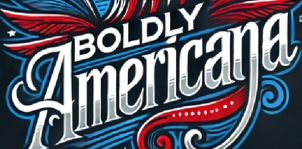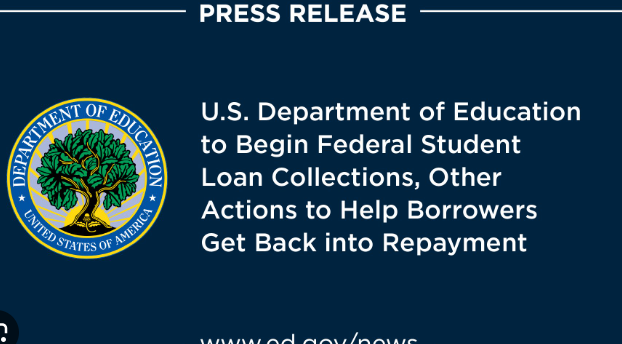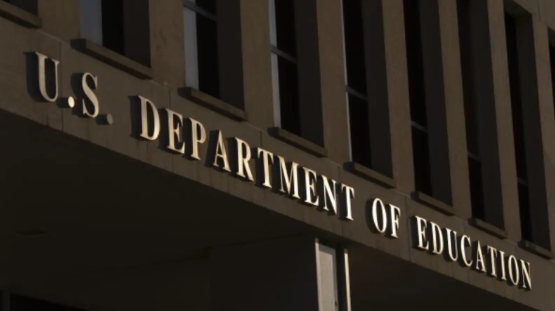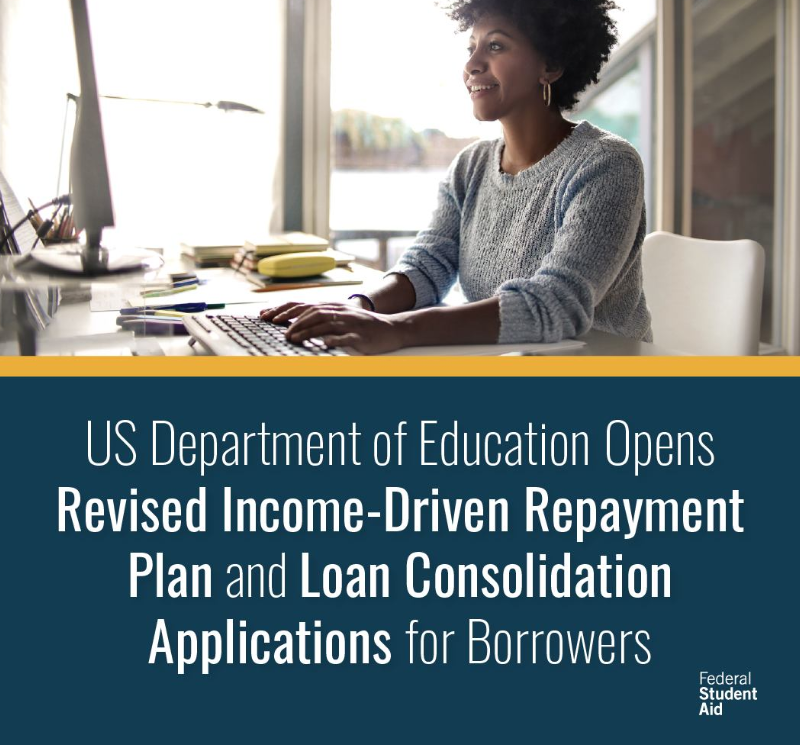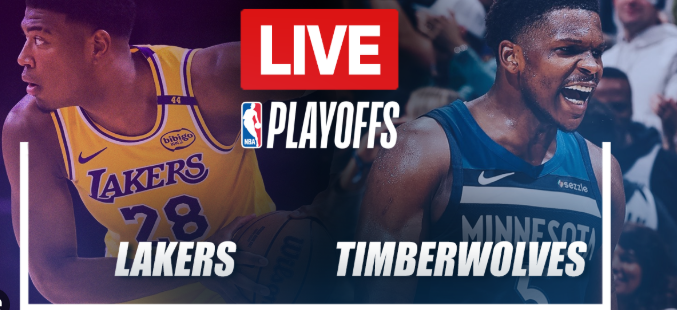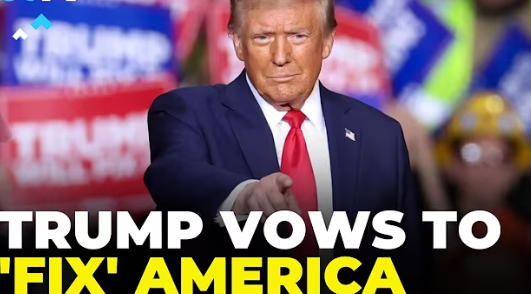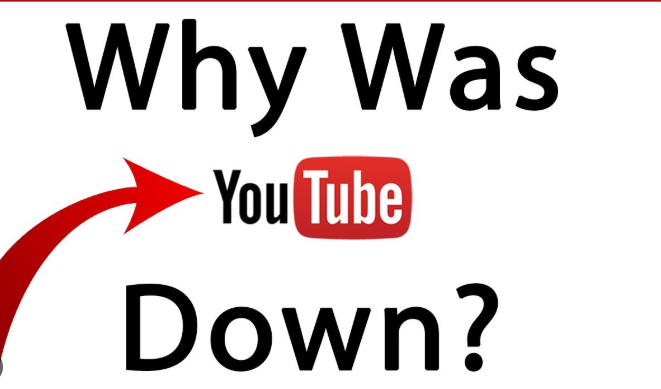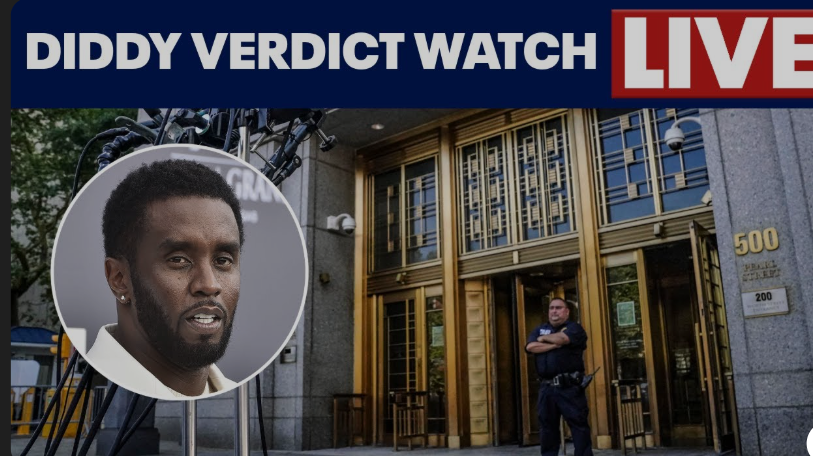As student loans debt collection ramps up and the Education Department rewrites the rules, millions of borrowers are caught in a financial tug-of-war. Here’s your ultimate guide to surviving and thriving in the student debt era.
💥 The $1.7 Trillion Time Bomb: Why Student Loans Are America’s Silent Economic Crisis
The student loan bubble in the U.S. has officially hit $1.77 trillion. It’s not just a financial issue—it’s a societal burden, and it’s affecting every part of life, from home ownership to mental health.
This year, student loans debt collection has made a jarring return, and for many borrowers, it feels like a second pandemic—this time, one attacking their bank accounts. With interest rates ticking up and collection agencies back in full force, 2025 has become a make-or-break year for student loan borrowers.
📞 Back to Collections: What Borrowers Need to Know in 2025
When the Education Department student loans freeze ended, it didn’t take long for debt collectors to start dialing again.
“It was like waking up to a financial nightmare,” says Jasmine, a 35-year-old teacher from Georgia. “My wages were garnished without warning.”
She’s not alone. Nearly 7 million Americans were in default before the pandemic, and now the Department of Education has reactivated aggressive student loans debt collection protocols.
What this means:
- If you’re in default, the government can garnish your wages.
- They can seize your tax refund.
- They can even deduct from your Social Security checks.
It’s an automated system—and once you’re in it, escaping can be brutal without knowing your rights.
🧭 Introducing “Fresh Start”: Is It the Lifeline Borrowers Desperately Need?
In response to growing backlash, the Education Department student loans office launched a program called Fresh Start in early 2025. And for millions, it may be the only shot at escaping default without legal nightmares.
🎯 What is the Fresh Start Initiative?
Fresh Start offers borrowers:
- A reset on defaulted federal loans
- Access to income-driven repayment plans (IDRs)
- Suspension of collections activities for 12 months
- Removal of default status from credit reports
But here’s the catch: it’s not automatic. Borrowers must take action to enroll—and the deadline is fast approaching.
💡 Trending Tip: How to Take Advantage of the Fresh Start Program
If you’re in default, here’s your action plan:
- Log into studentaid.gov
- Check your loan status and servicer.
- Call your servicer and ask about Fresh Start.
- Enroll in an income-driven repayment plan (IDR).
- Keep track of deadlines and communications.
Pro tip: Enrolling in IDRs like SAVE, PAYE, or IBR could reduce your monthly payment to as little as $0 depending on your income.
😱 The Student Loan Horror Stories No One’s Talking About
While debt collection is legal, many borrowers report harassment, threats, and misleading information from third-party collection agencies.
“They called my elderly parents and told them I’d be arrested,” says Luis, a graduate from California who owes over $110,000 in loans. “It’s psychological warfare.”
Although illegal under the Fair Debt Collection Practices Act (FDCPA), these tactics persist, especially among private collectors contracted by the federal government.
⚖️ Legal Tools You Didn’t Know You Had
Knowledge is power. Here are your rights:
- You can dispute a debt in writing within 30 days of being contacted.
- Debt collectors cannot contact you before 8 a.m. or after 9 p.m.
- You can request all communication in writing.
- You can sue for harassment or misinformation.
📊 Student Loans Are Reshaping the U.S. Economy
Let’s talk big picture. This crisis isn’t just personal—it’s economic.
🔍 By the Numbers:
- 1 in 5 borrowers is behind on payments.
- 65% of millennials delay home ownership due to student debt.
- $500+ billion in forgone investments in housing, small businesses, and retirement.
“Every dollar I send to the Department of Education is a dollar I don’t put into my future,” says Daniel, a tech analyst from New York.
As student loans debt collection grows more aggressive, economists warn of long-term fallout unless major reforms are implemented.
🧠 Little-Known Programs That Could Save You Thousands
Beyond Fresh Start, the Education Department student loans division offers several relief programs:
- Public Service Loan Forgiveness (PSLF): Full forgiveness after 10 years of payments for nonprofit/government workers.
- Teacher Loan Forgiveness: Up to $17,500 for educators in underserved communities.
- Borrower Defense to Repayment: Forgiveness for students misled by for-profit institutions.
- SAVE Plan: The newest IDR, slashing payments and forgiving debt faster than ever.
📺 Trending Now: TikTokers & Influencers Expose Student Loan Pitfalls
Social media has become a surprising ally for borrowers. TikTok, YouTube, and Instagram are now flooded with real stories, debt hacks, and finance tips from borrowers across the nation.
Hashtags like #studentloansurvivor, #loanforgiveness, and #debtfreejourney have millions of views.
“I learned more from TikTok in one hour than I did from my loan servicer in five years,” says Maya, a freelance designer who just got her loans forgiven through PSLF.
🧠 Frequently Asked Questions
❓ Are student loans being collected again in 2025?
Yes. The Education Department has resumed debt collection for defaulted student loans, but borrowers can enroll in the Fresh Start program to pause collections and return to good standing.
❓ How do I stop student loans debt collection?
You can stop debt collection by enrolling in the Fresh Start initiative, consolidating defaulted loans, or signing up for an income-driven repayment plan (IDR).
❓ What is the Education Department doing about student loans in 2025?
The Education Department is offering several relief measures, including the Fresh Start program, expanded forgiveness programs, and improved communication standards for loan servicers.
❓ Is student loan forgiveness still possible in 2025?
Yes. While blanket forgiveness was blocked, targeted programs like PSLF, SAVE, and Borrower Defense are still active and expanding.
🧨 Final Thoughts: This Crisis Isn’t Just About Debt—It’s About Hope
The American student loan system is flawed—but not unfixable.
The resurgence of student loans debt collection is a painful wake-up call. But with the right information, tools, and action, borrowers can take control and write their own comeback stories.
The Education Department student loans initiatives of 2025 offer a unique window of opportunity. Whether you’re a new graduate or a seasoned professional still paying down your degree, this is the time to act.
✅ Pro Tips to Protect Your Wallet in 2025
- Set reminders for loan deadlines
- Avoid third-party scammers posing as federal servicers
- Use autopay to avoid late fees
- Join borrower support groups on Reddit, Facebook, or Discord
- Stay updated with official announcements from studentaid.gov
